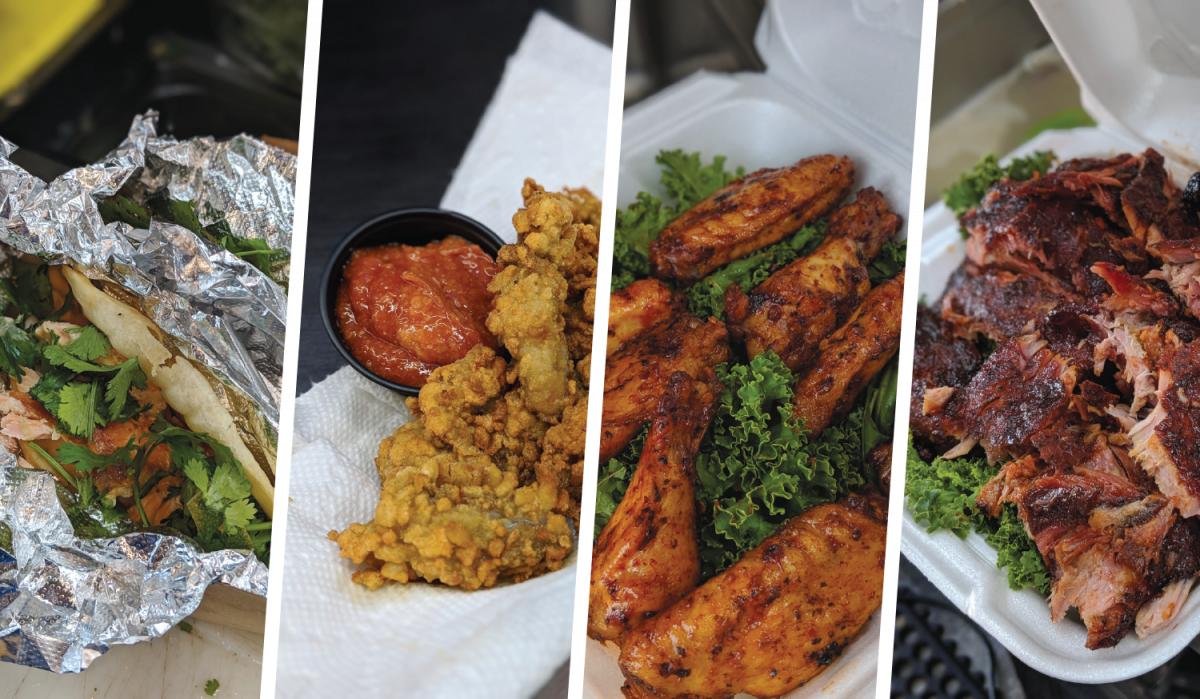Building a successful foodservice program is a vital challenge for today’s convenience store operator as fuel and tobacco sales continue to contract. The numbers tell a compelling story: Foodservice sales represented 6.7% of total sales in 2018, but they comprised 21.5% of gross margin contributions and 36.4% of gross profit dollars, NACS State of the Industry data indicate.
It’s against this backdrop that retailers continue to test and develop foodservice concepts and tools, from customized, made-to-order sandwiches to digital kiosk menu ordering to home delivery and … well, the list goes on.
More than eight years ago, we discussed an emerging foodservice opportunity in the pages of this magazine—mobile food trucks—a nascent industry that, despite experiencing numerous hiccups, has since evolved and grown. “The opportunities are vast … especially for foodservice professionals who are looking to reinvigorate their base while gaining insights into a process that’s enhanced by social media technology,” we predicted in “On the Move,” in February 2011, an early peek at food truck opportunities. Its alignment with the c-store offering was logical and seemingly practical.
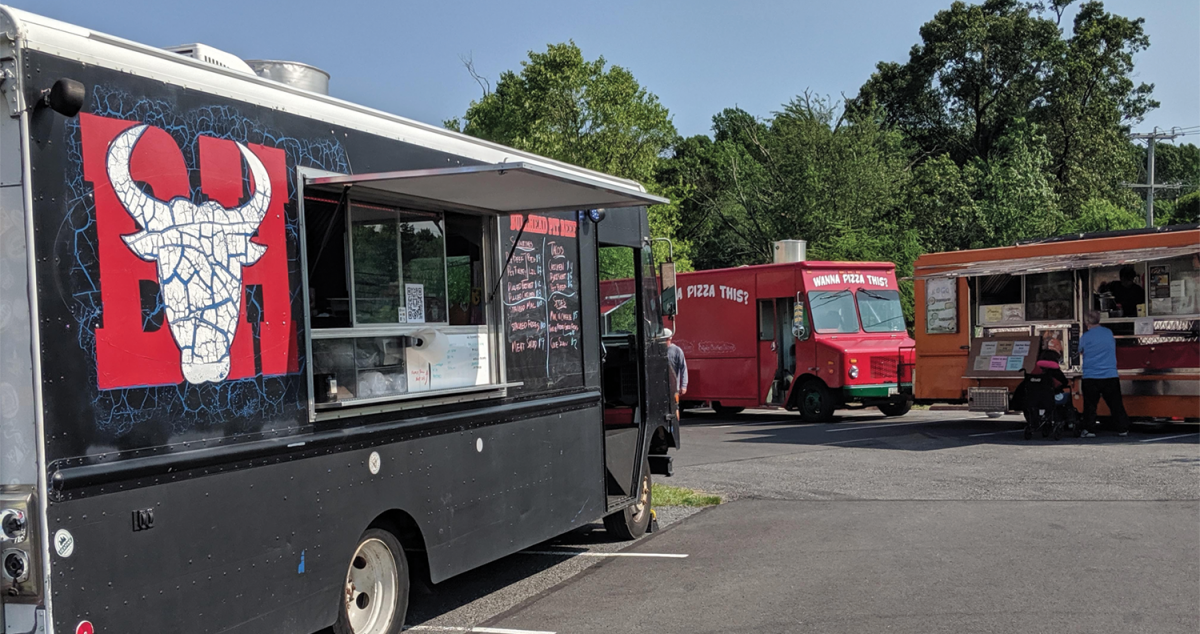
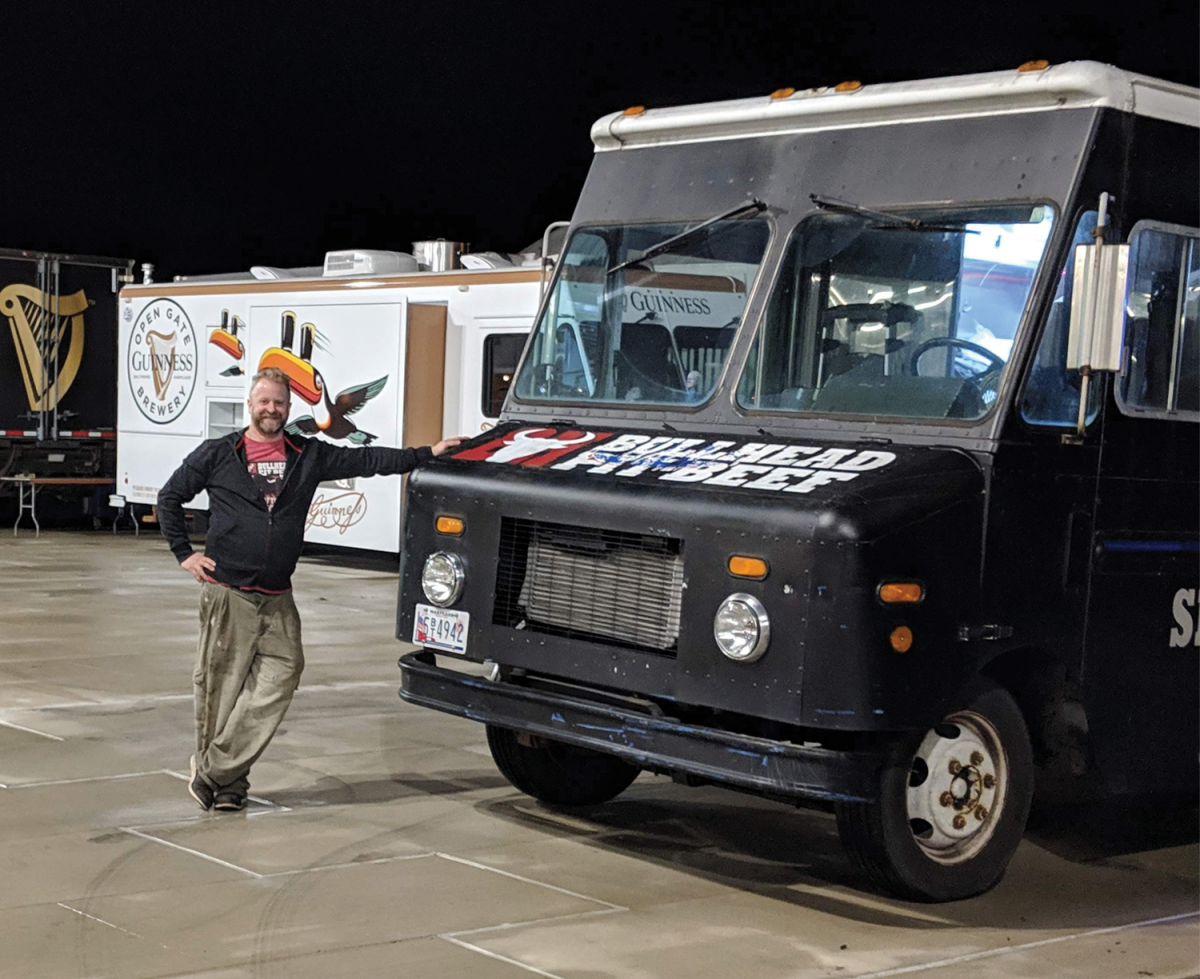 Good to Go Markets' small store space left little room for a foodservice program, so owner Larry Jackson decided to start a food truck business.
Good to Go Markets' small store space left little room for a foodservice program, so owner Larry Jackson decided to start a food truck business.
“C-stores focus on making the shopping experience quick and easy, and food trucks go a step further by bringing the food to consumers,” said David Bishop, managing partner of Balvor, when commenting on the prospects for convenience store operators entering the food truck space. “It could pay dividends beyond a bricks and mortar store that is in a fixed location.”
Since that time, far from a fleeting fad, food trucks have established themselves in certain regions and contexts as a viable, profitable foodservice concept. There are more than three million food trucks operating in the United States today, according to FoodTruckEmpire.com, though profitability depends on a sound strategy and execution.
Bullhead Pit Beef: Distinctive Offerings
By any industry standard, Columbia, Maryland-based Good to Go Markets is small. The 700-square foot store is stocked with standard c-store offerings, leaving little room for a foodservice program, which owner Larry Jackson concluded several years ago to be essential for future growth. “The only way to get into the arena without remodeling our store, especially since we didn’t know what food to offer, was to start a food truck,” he said, a venture that began in 2014 when he purchased a 1997 Freightliner truck and began retrofitting it with a kitchen.
He compromised on little, installing a three-compartment sink, grill, fryer, two refrigerators and a prep space at a total cost of “close to $100,000,” he said, a sizable sum that he puts into context. “If you buy a Subway franchise, you’ll invest $300,000. So that was my blowout highest level, but I came in far lower.” He hired outside help to ensure the truck was built to code standards, a necessity in the foodservice business. “You must have someone who knows how to get things right,” he advised.
Jackson’s food truck concept, Bullhead Pit Beef, has been operating for the past five years and has developed a strong following in the Columbia region. While he began the venture parking the truck at his store full time, returns were less than expected. “We wanted more visibility, and at the same time, people were asking us to visit their schools and offices,” he said. The truck began venturing out and establishing its brand.
Rather than use gas to attract people, we use the truck.
“Initially, we had it named after the store but we realized it was its own thing, and we named it separately,” Jackson said, adding that he still uses his store as a home base with frequent food truck stops. “When we show up at our location, it does bring people to the store. So rather than use gas to attract people, we use the truck.”
Good to Go is located in the suburbs, with local residents commuting away from the area weekday mornings, which makes a dedicated store presence unprofitable for the truck. “Because everyone leaves our area for work, if we run the truck for lunch and it’s not a weekend, we’re not busy.” As a result, he takes the truck where people are focused on eating—primarily events—rather than waiting for people to show up. “By taking the truck to an event, you know that there will be foot traffic,” he said.
As for servicing events, Jackson said there’s a lot of pre-planning to ensure compliance with local regulations. “There are many things to think about when bringing your truck to events,” he said. “At a school, for instance, you have to be on a pre-approved list and demonstrate that you meet certain standards to be eligible to bring the truck on school property. Whereas at a corporate event, I’m only required to be invited to that piece of property.”
Then there are foodservice regulations, which require their own permits and certifications. As a result, he tends to stick to a 30-minute radius of his store, to better ensure he maintains compliance with local requirements.
Jackson runs a hands-on operation, working in the truck most of the time when it’s out. Despite a tight labor market, he’s had little trouble attracting a diverse group of staff to fill in the gaps, which includes two attorneys, college students and a teacher, among others. “They’re people who want a fast-paced, exciting job, and who are looking for shift work,” he stated.
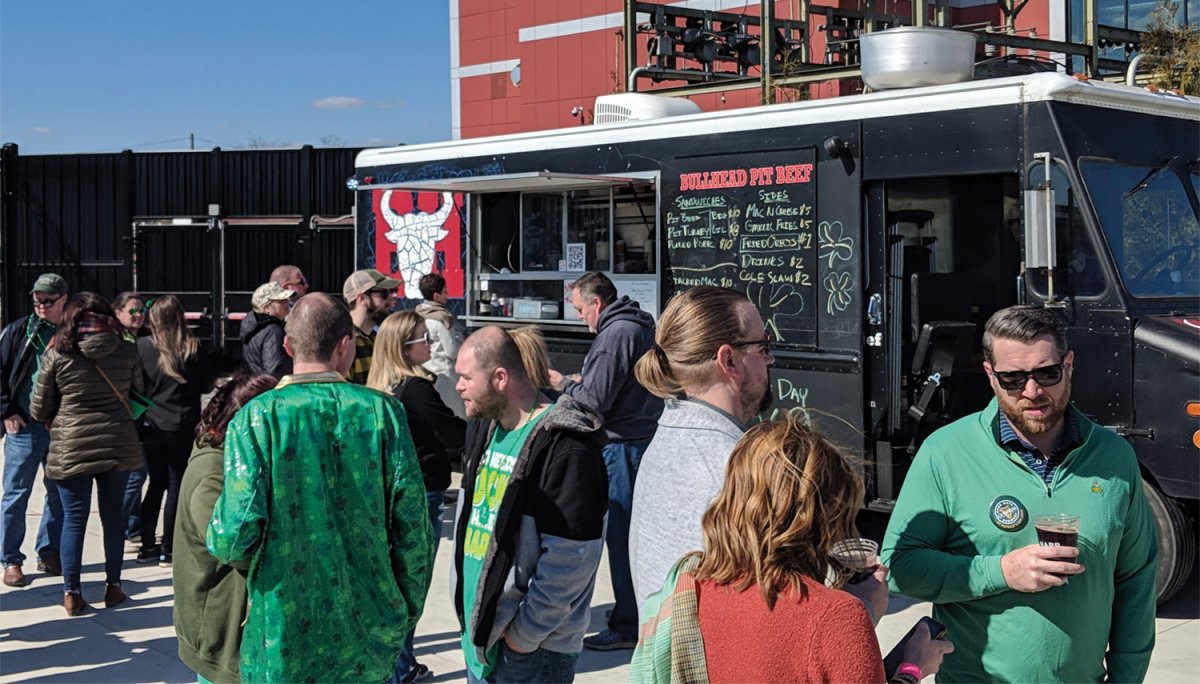 Bullhead Pit Beef has been operating for the past five years and has developed a strong following in the Columbia, Maryland, market.
Bullhead Pit Beef has been operating for the past five years and has developed a strong following in the Columbia, Maryland, market.
He uses social media as a primary advertising tool, partnering with local food truck sites where available. “It’s taken time, but we’ve grown our social media followers,” he said, which currently number in the thousands across multiple platforms. “We’ve grown things organically and don’t pay to increase those numbers.”
While location, personnel and advertising are important, when it comes to his truck’s profitability, sustained success reflects a distinctive, quality product. “The one thing people forget is that they have to serve really good food on a truck. If you do that, people will go out of their way to see you. But if they can get it anywhere else, they will go elsewhere.”
We had to change our strategy from being a more traditional convenience store to become a food destination selling convenience products.
Aramark: Simplicity Is Key
Aramark Northern Europe in Ireland operates food trucks to complement its numerous foodservice lines, which include education, retail, events, health care and even convenience stores. The weather is “wetter here than in many parts, so we don’t deploy them throughout the year. We use them tactically,” said Shane Flynn, managing director, foodservices and facilities management for Aramark.
“We use trucks in different ways,” Flynn said. “We use them to help manage peaks—around concerts, large sporting events—to maximize revenue opportunities.” Additionally, Flynn said that Aramark uses food trucks to test new food concepts, an inexpensive way to refine a product before deploying it on a large scale. At one of its Avoca retail stores, for instance, the company used a food truck to test a new food concept. “We used it at peak times specifically for an artisan pizza concept, and it worked really well,” Flynn said. Now, the company uses it for peak traffic times as a recurring feature. “It adds to the theater of the store,” he said.
Aramark’s partnership with celebrity chef Jamie Oliver, formed last year, includes deploying a Jamie Oliver-branded food truck at client events. “It’s a way to bring the brand to another part of the business where the investment didn’t stack.” Deciding whether to go with a generic food truck versus an Oliver-branded one, “depends on the type of event,” Flynn said. “We have a generic food van at concerts because you have large volumes of people, and it works fine. But if you don’t have those high volumes of people, the stronger brand helps.”
Flynn echoed much of Jackson’s caveats around compliance, stressing that when selling food from a truck, “it’s still a kitchen environment, and you have to adhere to local laws around food and safety.”
Although Jackson stressed offering a distinctive product to succeed, Flynn said Aramark relies on simplicity for its food truck operations. “The key is to keep the offering simple so that it’s easy to manage … The less complexity in the small space, the better.”
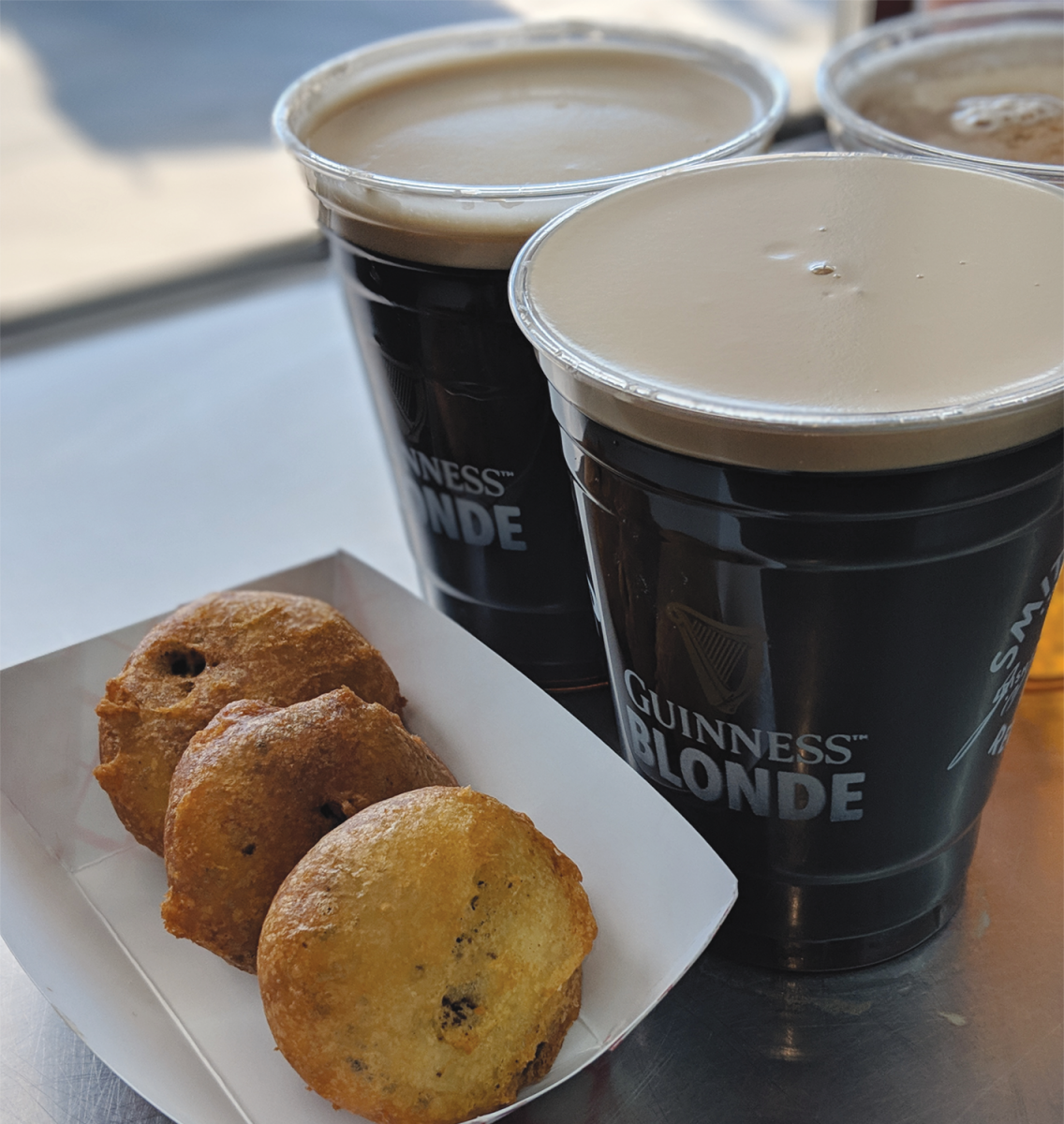 Food trucks are a great way to test new food concepts, and it's an inexpensive way to refine a product before deploying it on a large scale.
Food trucks are a great way to test new food concepts, and it's an inexpensive way to refine a product before deploying it on a large scale.
The Road Less Traveled
Despite the success of operators like Jackson and Flynn, c-store operators looking to “kick the tires” on a food truck operation could face a tough road, said Matt Geller, founding president of the National Food Truck Association.
Although Aramark’s food truck ventures in Ireland have enjoyed success, U.S. c-stores may find the going tougher since the U.S. food truck scene is mature. “Are people at events craving [convenience store food]?” Geller asked rhetorically, “or is it just a big billboard?” Even for a c-store retailer with a strong, well-known food concept, staffing can be painful, he said.
“It’s tough, because in most cases, there’s little supervision. And to employ a manager, that’s expensive. So how do you control for employees … who must be competent in a kitchen, great with customers and able to drive a truck …? A food truck employee deals with a ton of stuff. On a mom-and-pop truck (i.e. Bullhead), the owner is there every day. But [insert large c-store chain here] will not have that.”
Geller also mentioned local regulatory departments and zoning regulations, which vary from county to county and place practical limitations on what, where, when and how a food truck can operate. And of course, there’s location: “Just parking in Green Bay, where maybe four people walk by your truck every 15 minutes, how are you going to make that work?” he said, adding that social media alone doesn’t ensure customer traffic. “Trucks need to get in front of eyes,” he cautioned.
Geller advised convenience stores to consider partnering with an existing truck to limit the investment risk. “Give them a space [on your lot] and offer the beverage [component],” he said. “And then do something that’s meaningful, like change the menu offerings.”
He is cautious but embraces the opportunities that the food truck industry presents for convenience stores. “The food truck industry is out there and killing it, but it is really hard,” he said. “So maybe don’t reinvent the wheel but take advantage of what’s already successful. And you’ll be successful at it, too.”
